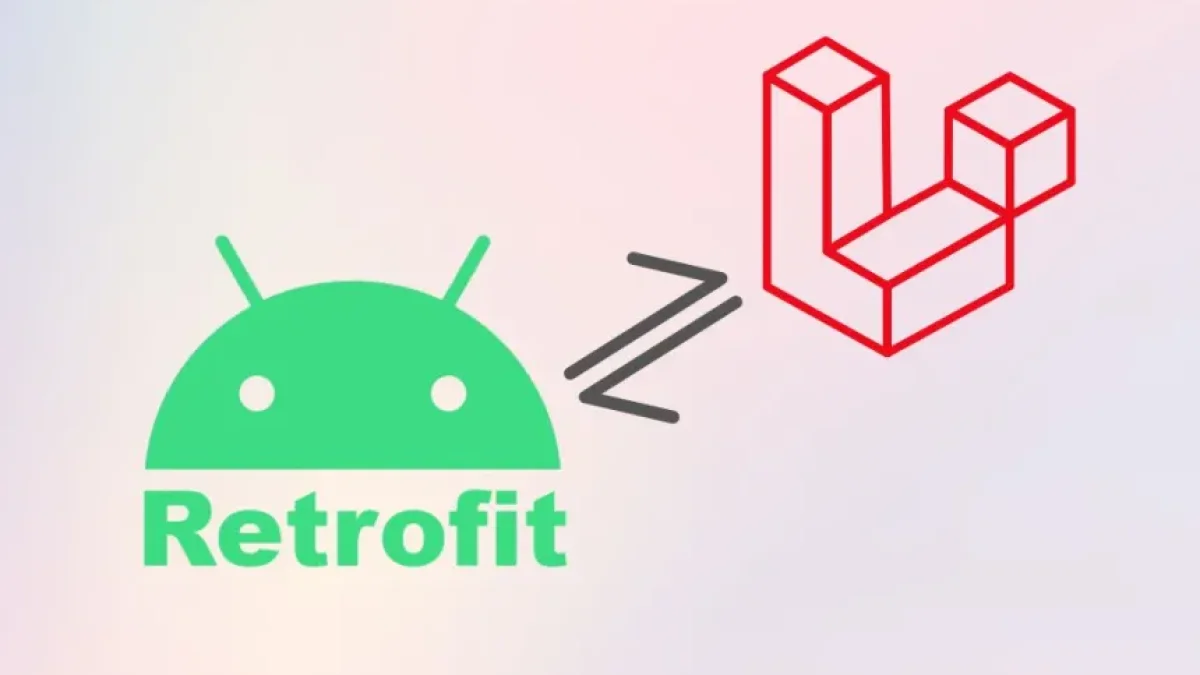Improve your code in Laravel with dependency injection.


Dependency injection is a crucial concept in object-oriented programming that can significantly enhance code quality in Laravel. Through this technique, it is possible to achieve a cleaner and more maintainable design, facilitating code testing and reuse. In this article, we will explore how to implement dependency injection in Laravel and how it can optimize your development process.
What is Dependency Injection?
Dependency injection is a pattern that allows objects to receive their dependencies from external sources rather than creating them themselves. This promotes low coupling between classes, making the code more flexible and easier to test.
In Laravel, this technique is primarily achieved through the service container, which is responsible for creating and managing class instances.
Benefits of Using Dependency Injection in Laravel
1. Improved Maintainability
Using dependency injection simplifies code writing and allows other parts of the system to interact effectively. By reducing hard dependencies, it facilitates code updating and maintenance. This is especially useful in large projects where continuous changes are the norm.
Read also
2. Facilitates Unit Testing
Dependency injection provides an easy way to substitute real class implementations with mocks during unit tests. This allows developers to test individual components in isolation, contributing to more reliable software.
3. Promotes the Use of Interfaces
By injecting dependencies, it encourages the use of interfaces instead of concrete implementations. This results in more flexible code that can easily adapt to new requirements without requiring drastic changes.
How to Implement Dependency Injection in Laravel
Dependency injection in Laravel can be performed in various ways, but one of the most common is through the class constructor. Below is a simple example.
Read also
Practical Example
Suppose we have a UserService class that needs to access a user repository:
namespace App\Services;
use App\Repositories\UserRepository;
class UserService
{
protected $userRepository;
public function __construct(UserRepository $userRepository)
{
$this->userRepository = $userRepository;
}
public function getAllUsers()
{
return $this->userRepository->all();
}
}In this example, UserService receives an instance of UserRepository through its constructor. Laravel will automatically handle resolving the necessary dependencies when creating the UserService object.
Using in Controllers
Dependency injection can also be used directly in controllers. When defining the controller's constructor, Laravel can automatically inject the necessary classes.
namespace App\Http\Controllers;
use App\Services\UserService;
class UserController extends Controller
{
protected $userService;
public function __construct(UserService $userService)
{
$this->userService = $userService;
}
public function index()
{
$users = $this->userService->getAllUsers();
return view('users.index', compact('users'));
}
}Dependency Injection in Methods
Additionally, dependencies can also be injected directly into class methods. This can be useful in situations where a dependency is only needed for a specific method.
public function show(UserService $userService, $id)
{
$user = $userService->find($id);
return view('users.show', compact('user'));
}Conclusion
Implementing dependency injection in Laravel not only improves code quality but also contributes to more agile and effective development. With its numerous benefits, this technique becomes an invaluable tool for developers looking to optimize their workflow.
For more details and news related to the programming world, I invite you to keep reading my blog. Don’t miss out!



















